Home>Interior Design>How To Fix Peeling Paint And Why It Might Be Peeling
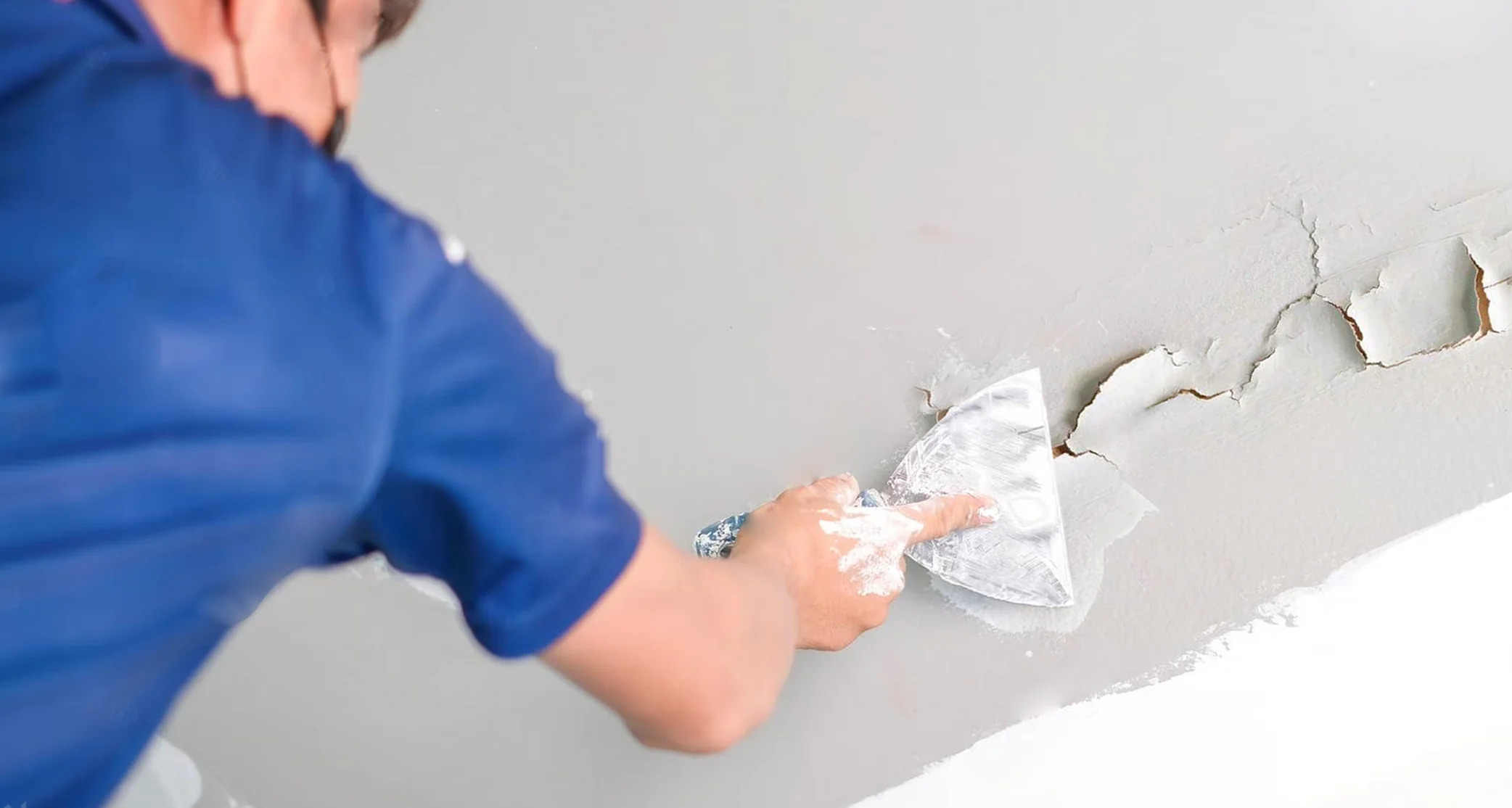

Interior Design
How To Fix Peeling Paint And Why It Might Be Peeling
Modified: January 19, 2024
Learn how to fix peeling paint in your interior design and discover the reasons behind why it might be peeling.
(Many of the links in this article redirect to a specific reviewed product. Your purchase of these products through affiliate links helps to generate commission for Storables.com, at no extra cost. Learn more)
Introduction
Welcome to the beginner’s guide on how to fix peeling paint in your home and understand why it might be peeling in the first place. Peeling paint can be a frustrating and unsightly issue that diminishes the overall aesthetics of your interior space. Fortunately, with some guidance and a few simple steps, you can address this problem and restore the beauty of your walls.
Understanding the underlying causes of peeling paint is crucial in effectively fixing the issue. There are several factors that can contribute to paint peeling, including inadequate surface preparation, moisture and water damage, temperature and humidity changes, the use of incorrect paint, and the natural aging and wear of the paint over time.
In this guide, we will delve deeper into each of these causes and explain how to identify and address them. Additionally, we will provide you with a step-by-step process to fix peeling paint and offer some additional tips to ensure long-lasting and durable results.
Key Takeaways:
- Addressing the root causes of peeling paint, such as inadequate surface preparation and moisture damage, is crucial for effective and long-lasting fixes. Understanding the underlying issues is key to achieving a beautiful and durable paint finish.
- Proper maintenance, high-quality paint, and careful surface preparation are essential for preventing future peeling and ensuring the longevity of your paint job. By following the right steps and tips, you can achieve a vibrant and long-lasting finish in your home.
Understanding the Causes of Peeling Paint
Before diving into the process of fixing peeling paint, it’s essential to understand why it’s happening in the first place. Here are the main causes of peeling paint:
- Lack of Surface Preparation: One of the most common reasons for paint peeling is inadequate surface preparation. If the surface is dirty, greasy, or has loose or flaking paint, the new paint layer won’t adhere properly, leading to peeling and flaking over time. It’s crucial to thoroughly clean, sand, and prime the surface before applying a fresh coat of paint.
- Moisture and Water Damage: Moisture is a significant enemy of paint. When moisture infiltrates the walls due to leaks, high humidity levels, or water damage, it can cause the paint film to swell and eventually peel off. It’s essential to identify and fix any water-related issues before repainting.
- Temperature and Humidity Changes: Extreme temperature fluctuations and high humidity levels can affect the integrity of the paint. The expansion and contraction of the surface due to these changes can lead to paint cracking and peeling. Proper ventilation and maintaining consistent indoor temperatures can help prevent this issue.
- Use of Incorrect Paint: Using the wrong type of paint for a particular surface can result in poor adhesion and, consequently, paint peeling. It’s crucial to choose paint that is suitable for the specific material and surface conditions to ensure long-lasting results.
- Age and Wear: Over time, paint naturally ages and wears out, especially in high-traffic areas or those exposed to sunlight. With age, the paint film becomes brittle, leading to cracking and peeling. Regular maintenance, such as repainting and touch-ups, can prevent further deterioration.
By understanding these causes, you can better assess the condition of your peeling paint and determine the appropriate course of action to fix it. In the next sections, we will guide you through the step-by-step process of repairing peeling paint and restoring the beauty of your walls.
Lack of Surface Preparation
One of the primary causes of peeling paint is a lack of proper surface preparation. When painting over a dirty, greasy, or uneven surface, the new paint layer won’t adhere properly, resulting in peeling and flaking over time.
To ensure a solid foundation for paint adhesion, it’s crucial to follow these steps:
- Clean the Surface: Begin by cleaning the wall thoroughly to remove any dirt, dust, grease, or other contaminants. Use a mild detergent mixed with water and a sponge or cloth to gently scrub the surface. Rinse it off with clean water and allow it to dry completely.
- Remove Loose or Flaking Paint: Using a scraper or putty knife, carefully remove any loose or peeling paint from the surface. Be cautious not to damage the underlying layers or the wall. Sand the edges of the remaining paint to create a smooth transition between the old and new layers.
- Repair Damaged Surfaces: Inspect the wall for any cracks, holes, or other surface damage. Use a suitable filler, such as spackle or joint compound, to fill in these imperfections. Smooth out the filler with a putty knife and allow it to dry according to the manufacturer’s instructions. Sand the patched areas to achieve a seamless surface.
- Prime the Surface: Applying a primer is essential to promote proper adhesion of the new paint layer. Choose a primer that is suitable for your specific surface type and follow the manufacturer’s instructions for application. Apply the primer evenly using a brush or roller, ensuring full coverage over the entire surface. Allow the primer to dry completely before moving on to the next step.
Correct surface preparation is a crucial step in ensuring the longevity and durability of your paint job. Taking the time to clean, repair, and prime the surface will create a solid foundation for the new paint layer to adhere properly and minimize the risk of future peeling.
Now that you have prepared the surface, you are ready to move on to the next steps in fixing peeling paint and restoring the beauty of your walls.
Moisture and Water Damage
Moisture and water damage are common culprits behind peeling paint. When water infiltrates the walls through leaks, high humidity levels, or water-related incidents, it can cause the paint film to swell, blister, and eventually peel off.
To address moisture and water damage, follow these steps:
- Identify the Source of Moisture: Start by identifying the source of the moisture. Inspect the area for any leaks, plumbing issues, or signs of water infiltration. It could be a leaking pipe, a roof leak, or even poor ventilation causing high humidity levels. Fixing the underlying issue is crucial to prevent future paint peeling.
- Fix Water-related Problems: Once you have identified the source of moisture, proceed to fix it. Hire a professional plumber or roofer if necessary to repair any leaks or plumbing issues. Ensure proper ventilation in bathrooms, kitchens, and basements to reduce humidity levels. Install exhaust fans, dehumidifiers, or use air conditioners to maintain an optimal indoor environment.
- Remove Damaged Paint: If the water damage has already caused paint to blister or peel, carefully remove the affected areas using a scraper or putty knife. Be gentle to avoid further damage to the wall. Sand the edges of the remaining paint for a smooth transition between the old and new layers.
- Repair Damaged Surfaces: Inspect the wall for any structural damage caused by the water. If there are cracks, holes, or other imperfections, use a suitable filler to repair them. Smooth out the filler with a putty knife and allow it to dry completely before moving on to the next step.
- Prime and Repaint: Apply a primer to the repaired and dried surface. Choose a primer that is specifically designed to resist moisture and improve water resistance. Once the primer is dry, proceed to apply a high-quality paint that is formulated to withstand moisture and water damage. Apply the paint evenly using a brush or roller, and follow the manufacturer’s recommended drying time between coats.
By addressing moisture and water damage and taking the necessary steps to prevent further infiltration, you can significantly reduce the risk of paint peeling caused by water-related issues. Remember to fix the underlying problem before repainting to ensure a long-lasting and durable paint finish.
Now that you have tackled moisture and water damage, let’s move on to understanding the impact of temperature and humidity changes on peeling paint.
Temperature and Humidity Changes
Extreme temperature fluctuations and high humidity levels can have a significant impact on the integrity of paint. When exposed to these changes, the paint film can expand and contract, leading to paint cracking, blistering, and ultimately, peeling.
To mitigate the effects of temperature and humidity changes, follow these steps:
- Maintain Consistent Indoor Temperatures: Fluctuations in temperature can put stress on the painted surfaces. Keep the indoor temperature as stable as possible by using heating, cooling, or insulation techniques. Avoid rapid temperature changes, especially in areas prone to high humidity or moisture.
- Control Humidity Levels: High humidity levels can also impact the adhesion and durability of paint. Use dehumidifiers in areas with excess moisture, such as basements or bathrooms. Proper ventilation is crucial to allow moisture to escape, preventing it from accumulating and affecting the paint.
- Choose Paint Suitable for Temperature and Humidity: Not all paints are created equal when it comes to withstanding temperature and humidity changes. Opt for paints that are specifically formulated for high-humidity or high-temperature environments. These paints often have added properties that help them resist expansion and contraction, reducing the risk of peeling.
- Apply Thin Coats of Paint: When repainting, it’s important to apply thin, even coats of paint. Thick layers of paint can trap moisture and create a barrier that hinders proper drying and adhesion. Multiple thin coats allow the paint to dry and form a cohesive bond with the surface, reducing the risk of peeling.
- Allow Sufficient Drying Time: Follow the manufacturer’s recommendations for drying time between coats and before subjecting painted surfaces to extreme temperature or humidity changes. Rushing the drying process can lead to poor adhesion and increased vulnerability to peeling.
By understanding the impact of temperature and humidity changes on paint and taking the necessary precautions, you can minimize the risk of peeling caused by these environmental factors. Maintaining consistent indoor temperatures, controlling humidity levels, choosing the right paint, applying thin coats, and allowing sufficient drying time will contribute to a durable and long-lasting paint finish.
Next, we will explore the impact of using incorrect paint on peeling issues and the steps to fix it.
Read more: How To Fix Peeling Laminate Floor
Use of Incorrect Paint
Using the wrong type of paint for a specific surface or area can lead to poor adhesion, premature wear, and, ultimately, paint peeling. It’s crucial to choose the right paint that is suitable for the material and conditions to ensure a long-lasting and durable finish.
Here are some important considerations when it comes to using the correct paint:
- Surface Type: Different surfaces require different types of paint. For example, walls made of drywall, wood, or concrete may need specific paint formulations to adhere properly. Always check the manufacturer’s recommendations and choose a paint designed for the surface you’re working with.
- Interior vs. Exterior: Interior and exterior paints have different properties due to their exposure to different environmental conditions. Exterior paints are formulated to withstand UV rays, moisture, and temperature extremes, while interior paints are designed for lower levels of wear and tear. Avoid using interior paint on exterior surfaces, as it will likely result in peeling and deterioration.
- High Traffic Areas: Areas with high foot traffic, such as hallways, staircases, and doorways, require extra durable paints. Look for paint specifically labeled for high-traffic areas, as they are designed to withstand frequent contact and cleaning without peeling or wearing down easily.
- Bathrooms and Kitchens: Bathrooms and kitchens are prone to moisture, heat, and humidity. Use paints that have moisture and mildew-resistant properties to prevent peeling caused by these factors. These paints are formulated to withstand the demanding conditions of these areas.
- Primer Compatibility: Always use a primer that is compatible with both the surface and the paint you plan to use. The primer acts as a bonding agent between the surface and the paint, ensuring better adhesion and reducing the risk of peeling.
By selecting the right paint for your specific needs and following the manufacturer’s recommendations, you can minimize the chances of peeling due to using incorrect paint. Don’t hesitate to ask for professional advice or consult a paint specialist if you’re unsure about the right paint to use for your project.
Now that you understand the importance of using the correct paint, let’s move on to the next section where we’ll discuss the impact of age and wear on paint peeling.
Age and Wear
As paint ages, it naturally begins to deteriorate and wear down over time. This wear and tear can lead to cracking, chipping, and ultimately, paint peeling. Understanding the impact of age and wear is important in addressing and preventing this issue.
Here are some factors to consider when dealing with peeling paint due to age and wear:
- Sun Exposure: Painted surfaces exposed to direct sunlight can experience accelerated aging and wear. UV rays can cause the paint to fade, become brittle, and eventually peel. Applying a paint with UV protection or using sun-blocking coatings can help extend the life of the paint.
- Surface Preparation: Proper surface preparation, as mentioned earlier, is crucial even when dealing with aged and worn paint. Clean the surface thoroughly, remove any loose or peeling paint, and ensure a smooth and clean base before applying a fresh coat of paint.
- Priming: Using a primer is especially important when dealing with aged and worn paint. Primers can help improve adhesion, create a smooth surface, and provide a strong foundation for the new paint layer. Choose a primer specifically designed for aged surfaces for optimal results.
- Repainting and Maintenance: Regular repainting and maintenance can help extend the life of your paint job and prevent excessive wear. Monitor the condition of your painted surfaces and schedule repainting when necessary. Touch up any areas with signs of wear or damage to prevent further peeling.
- Quality of Paint: Using high-quality paint can make a significant difference in the longevity and durability of your paint job. Invest in reputable brands and choose paints that are formulated for durability and resistance to wear and tear.
While age and wear are inevitable factors that can contribute to peeling paint, proper maintenance, regular repainting, and using quality products can help prolong the life of your paint job and minimize the risk of peeling. Taking the time to address these issues will contribute to a visually appealing and long-lasting finish.
Now that we understand the causes of peeling paint, let’s move on to the steps to fix it and restore the beauty of your walls.
Steps to Fix Peeling Paint
Fixing peeling paint requires a systematic approach to address the underlying issues and restore the integrity of the surface. Follow these steps to fix peeling paint:
- Assessing the Damage: Begin by assessing the extent of the peeling paint. Identify the areas where paint is peeling and determine the underlying cause, such as inadequate surface preparation, moisture damage, or age-related wear.
- Removing Loose or Peeling Paint: Use a scraper or putty knife to carefully remove any loose or peeling paint from the surface. Be gentle to avoid damaging the underlying layers or the wall. Sand the edges of the remaining paint to create a smooth transition between the old and new layers.
- Repairing Damaged Surfaces: Inspect the wall for any cracks, holes, or other surface damage. Use a suitable filler, such as spackle or joint compound, to repair these imperfections. Smooth out the filler with a putty knife and allow it to dry according to the manufacturer’s instructions. Sand the patched areas to achieve a seamless surface.
- Priming the Surface: Apply a primer to the repaired and sanded surface. Choose a primer that is suitable for your specific surface type and follow the manufacturer’s instructions for application. Apply the primer evenly using a brush or roller, ensuring full coverage over the entire surface. Allow the primer to dry completely before moving on to the next step.
- Applying a New Coat of Paint: Once the primer is completely dry, it’s time to apply a fresh coat of paint. Choose a high-quality paint that is suitable for the surface and conditions of the area. Apply the paint evenly using a brush or roller, working in smooth, overlapping strokes. Follow the manufacturer’s recommendations for drying time between coats, and apply multiple thin coats if needed for optimal coverage and durability.
It’s important to note that the steps mentioned above are general guidelines. The specific process may vary depending on the type of surface, the extent of the damage, and any other unique considerations. Always refer to the manufacturer’s instructions and seek professional advice if needed.
By following these steps and addressing the underlying issues, you can effectively fix peeling paint and restore the beauty and integrity of your walls. It’s crucial to be patient and meticulous throughout the process to achieve the best results.
Now that you are familiar with the steps to fix peeling paint, let’s explore some additional tips to ensure long-lasting paint results.
Tip: To fix peeling paint, first identify the cause such as moisture, poor adhesion, or old paint. Scrape off loose paint, sand the area, apply primer, and repaint with a high-quality paint.
Assessing the Damage
Before you can effectively fix peeling paint, it’s important to assess the extent of the damage and identify the underlying causes. This step will help you determine the appropriate course of action and ensure a thorough and long-lasting repair. Here’s how to assess the damage:
- Inspect the Peeling Paint: Carefully examine the painted surface to identify the areas where the paint is peeling. Note the size and location of the peeling sections and any accompanying issues, such as cracks, blisters, or moisture stains.
- Determine the Cause: Try to identify the underlying cause of the peeling paint. This could be due to inadequate surface preparation, moisture and water damage, extreme temperature or humidity changes, the use of incorrect paint, or natural wear and aging. Consider any prior incidents or changes that may have contributed to the peeling.
- Check the Substrate: Assess the condition of the underlying substrate, such as drywall, wood, or concrete. Look for signs of damage, decay, or instability that may be contributing to the paint peeling. Pay attention to any areas that feel soft, damp, or show signs of structural issues.
- Consult Professionals if Needed: If you’re unsure about the extent of the damage or the underlying cause, it’s advisable to consult with professionals such as painters, contractors, or building inspectors. They can provide expertise and guidance in accurately assessing the damage and determining the necessary repairs.
Assessing the damage is a crucial step in fixing peeling paint as it helps to address the root causes and prevent future recurrence. It also allows you to plan the necessary repairs and determine the materials or tools needed for the job.
Once you have thoroughly assessed the damage, you can proceed with removing the loose or peeling paint and repairing any damaged surfaces, as we will discuss in the next steps.
Now that you have assessed the damage, let’s move on to the process of removing loose or peeling paint.
Read more: Why Is My Bathtub Peeling
Removing Loose or Peeling Paint
Removing the loose or peeling paint is an important step in the process of fixing peeling paint. This step ensures that the new paint layer adheres properly to the surface, thereby preventing further peeling. Here’s how to remove loose or peeling paint:
- Gather the Necessary Tools: To remove the loose or peeling paint, you will need a scraper or putty knife, sandpaper or a sanding block, and safety goggles or a dust mask to protect yourself from dust and debris.
- Prepare the Work Area: Lay down drop cloths or plastic sheets to protect the surrounding areas from paint chips and dust. Open windows or use fans for proper ventilation to minimize the inhalation of dust particles.
- Start Scraping: Begin by using the scraper or putty knife to gently scrape away the loose or peeling paint. Hold the tool at a slight angle and carefully scrape in a motion that removes the paint without damaging the underlying surface. Be cautious not to apply excessive pressure, as this may cause additional damage.
- Continue Sanding: After removing the loose paint, use sandpaper or a sanding block to smooth the edges of the remaining paint. This creates a smooth transition between the old and new layers. Sand in a circular or back-and-forth motion, applying light pressure. Wipe away any dust created during the sanding process.
- Inspect and Repeat if Necessary: Inspect the surface for any remaining loose or peeling paint. If you find any, repeat the scraping and sanding process until the surface is smooth and free of any loose paint.
- Clean the Surface: Once you have removed the loose paint, clean the surface to remove any dust or debris. Use a damp cloth or sponge to wipe away the remnants, ensuring a clean and debris-free surface for the next steps.
Removing loose or peeling paint is a vital step in the process of fixing peeling paint as it creates a strong foundation for the new paint to adhere to. It also helps in achieving a smooth and even finish.
After removing the loose paint, you can proceed with repairing any damaged surfaces to ensure a seamless and durable paint job, as we will discuss in the next section.
Now that you have successfully removed the loose or peeling paint, let’s move on to repairing damaged surfaces.
Repairing Damaged Surfaces
Repairing damaged surfaces is an essential step in the process of fixing peeling paint. It ensures that the surface is smooth, stable, and ready for the new paint application, promoting better adhesion and preventing future peeling. Here’s how to repair damaged surfaces:
- Inspect for Damage: Carefully examine the surface for any cracks, holes, or other forms of damage. Identify the areas that require repair and take note of their size and severity.
- Clean the Area: Before proceeding with repairs, clean the damaged area to remove any dirt, dust, or loose particles. Use a damp cloth or a mild detergent solution to wipe the surface clean. Allow it to dry completely before moving on to the next step.
- Choose the Right Filler: Select an appropriate filler based on the type and extent of the damage. Spackle or joint compound is commonly used for small cracks and holes, while epoxy-based fillers are preferred for larger and more substantial repairs. Follow the manufacturer’s instructions for mixing and preparing the filler.
- Apply the Filler: Using a putty knife or a spatula, apply the filler to the damaged area. Smooth it out and ensure that it fills the crack or hole completely. For larger repairs, apply the filler in layers, allowing each layer to dry before adding the next. Feather the edges to blend with the surrounding surface for a seamless finish.
- Sand the Patched Area: Once the filler has dried completely, use sandpaper or a sanding block to smooth out the patched area. Start with a coarse-grit sandpaper to remove any excess filler and irregularities. Gradually move to finer-grit sandpaper to achieve a smoother finish. Wipe away the dust with a clean, damp cloth.
- Check for Smoothness: Inspect the repaired surface for smoothness and evenness. If necessary, repeat the filling and sanding process until you achieve a seamless and level finish.
Repairing damaged surfaces is crucial in ensuring a professional and long-lasting paint job. By taking the time to repair cracks, holes, and other imperfections, you create a stable and smooth surface for the paint to adhere to, minimizing the risk of future peeling.
Now that you have repaired the damaged surfaces, it’s time to proceed to the next step: priming the surface for the new paint application.
Priming the Surface
Priming the surface is a critical step in the process of fixing peeling paint. Primer serves as a preparatory layer that enhances paint adhesion, promotes even coverage, and prevents future peeling. Here’s how to prime the surface:
- Select the Right Primer: Choose a primer that is suitable for the type of surface you are working with. Consider factors such as the material, condition, and underlying issues of the surface. For example, if you are dealing with a surface prone to moisture, opt for a moisture-resistant or stain-blocking primer.
- Prepare the Area: Before applying the primer, prepare the area by covering nearby furniture, floors, and fixtures with drop cloths or plastic sheets. This will protect them from primer overspray or spills. Ensure proper ventilation by opening windows or using fans to expel fumes.
- Stir and Pour the Primer: Stir the primer thoroughly to achieve a consistent and smooth texture. Pour the primer into a paint tray or container that is easy to work with. This will make it more accessible during application.
- Apply the Primer: Using a brush or roller, start applying the primer to the prepared surface. Begin with cutting in the corners and edges using a brush and then use a roller to cover larger areas. Work in small sections to ensure even and consistent coverage. Apply the primer using smooth and overlapping strokes, following the manufacturer’s recommended drying time between coats.
- Inspect and Correct: Once you have applied the primer, inspect the surface for any missed spots, thin areas, or imperfections. Use a brush or roller to touch up those areas and ensure complete coverage.
- Allow the Primer to Dry: Give the primer ample time to dry according to the manufacturer’s instructions. This will depend on factors such as temperature, humidity, and the type of primer used. Avoid rushing the drying process to ensure proper adhesion and improved results.
Priming the surface provides a strong foundation for the new paint to adhere to, minimizing the chances of peeling and ensuring a smooth and long-lasting finish. It also helps to seal and protect the surface, enhancing the durability and appearance of the paint job.
Now that you have primed the surface, it’s time to proceed to the next step: applying a fresh coat of paint.
Applying a New Coat of Paint
Applying a fresh coat of paint is the final step in fixing peeling paint and restoring the beauty of your walls. This step not only enhances the aesthetics of the space but also provides a protective layer that can withstand daily wear and tear. Here’s how to apply a new coat of paint:
- Select the Right Paint: Choose a high-quality paint that is appropriate for the surface and conditions of the area. Consider factors such as the type of paint (latex or oil-based), finish (matte, satin, semi-gloss, etc.), and color. Read the manufacturer’s instructions and follow their recommendations for application.
- Prepare the Area: Before painting, prepare the area by removing furniture or covering them with drop cloths. Remove or protect fixtures, switch plates, and hardware with painter’s tape. Ensure proper ventilation by opening windows or using fans to circulate air and reduce fumes.
- Stir the Paint: Stir the paint thoroughly to ensure an even consistency. Use a stir stick or paint mixer to blend the pigments and other components properly. Avoid vigorous shaking, as this can introduce air bubbles into the paint.
- Cut in the Corners and Edges: Use a brush to “cut in” the corners and edges of the walls, ceiling, and other areas where the roller cannot reach easily. Apply the paint carefully, maintaining a straight line and blending it with the existing painted surface.
- Roll the Paint: Dip the roller into the paint tray, ensuring that it is evenly coated but not overloaded with paint. Start rolling the paint onto the wall using a “W” or “M” motion to ensure even coverage. Apply firm and consistent pressure, working in small sections at a time for a smooth and seamless finish.
- Overlap and Feather Edges: As you roll the paint, overlap each stroke slightly onto the previous one to ensure proper coverage. Feather the edges to blend them into the surrounding areas for a uniform appearance.
- Allow the First Coat to Dry: Follow the recommended drying time specified by the paint manufacturer before applying a second coat. This will ensure better adhesion and minimize the risk of peeling or premature wear.
- Apply Additional Coats if Needed: Depending on the desired color intensity and coverage, you may need to apply additional coats. Allow each coat to dry completely before applying the next one. Remember to feather the edges and maintain a consistent application to achieve a professional-looking result.
- Clean Up: Once you have finished painting, clean your brushes, roller, and other tools according to the paint manufacturer’s guidelines. Remove the painter’s tape while the paint is still slightly wet to avoid peeling off any dried paint along with it.
Applying a new coat of paint not only restores the appearance of the walls but also adds a protective layer that can withstand daily use. By following these steps and taking your time during the painting process, you can achieve a beautiful and long-lasting finish.
Now that you have successfully applied a new coat of paint, let’s move on to some additional tips to ensure long-lasting results.
Additional Tips for Long-lasting Paint Results
To ensure that your newly fixed paint job remains vibrant and durable for years to come, here are some additional tips to keep in mind:
- Use High-quality Paint: Invest in high-quality paint from reputable brands. Quality paints are formulated to provide greater durability, better coverage, and resistance to wear and tear. They may cost a bit more upfront but will save you money and effort in the long run.
- Choose the Right Finish: Consider the function and location of the painted surface when selecting paint finishes. Glossy or semi-gloss finishes are more resistant to stains and easier to clean, making them suitable for areas prone to moisture, such as bathrooms and kitchens. Matte or satin finishes are better suited for low-traffic areas.
- Maintain Proper Ventilation: Adequate air circulation and ventilation can help prevent the buildup of moisture, which can lead to paint peeling. Keep windows open or use fans to promote healthy airflow, especially in humid areas or during painting and drying processes.
- Regularly Inspect and Touch Up: Keep an eye on your painted surfaces and inspect them periodically for any signs of damage, wear, or peeling. Promptly address any issues by touching up or repainting the affected areas to prevent further deterioration.
- Clean Carefully: When cleaning painted surfaces, use gentle cleaning solutions and soft cloths or sponges. Avoid abrasive materials or harsh chemicals that can damage the paint. Be mindful of cleaning techniques, especially in high-traffic areas, to prevent excessive rubbing and potential paint wear.
- Avoid Excessive Moisture Exposure: Minimize excessive exposure to moisture, especially in areas like bathrooms and laundry rooms. Use ventilation fans or dehumidifiers to help reduce moisture levels and maintain a drier environment, which will help preserve the integrity of the paint.
- Consider Protective Coatings: In areas prone to heavy use, consider applying additional protective coatings such as clear topcoats or sealants. These coatings can provide an extra layer of protection, increasing the resilience of the paint and extending its longevity.
- Regular Maintenance: Implement a regular maintenance routine to keep your painted surfaces in good condition. This may include periodically dusting, wiping with a mild detergent solution, or spot-cleaning to remove stains. The more attentively you care for your painted surfaces, the longer they will maintain their fresh and attractive appearance.
By following these additional tips, you can extend the life of your paint job and maintain the beauty of your walls for years to come. Remember, proper maintenance and care are key to preserving the integrity of the paint and preventing peeling or other forms of damage.
Congratulations! You are now equipped with the knowledge and steps necessary to fix peeling paint and achieve long-lasting results.
If you have any further questions or specific concerns about your paint job, it’s always best to consult with a professional painter or home improvement expert for personalized advice.
Happy painting!
Conclusion
Fixing peeling paint is a task that requires patience, attention to detail, and a systematic approach. By understanding the causes of peeling paint, such as inadequate surface preparation, moisture damage, temperature and humidity changes, the use of incorrect paint, and aging, you can effectively address the issues and restore the beauty of your walls.
Throughout this guide, we have discussed the necessary steps to fix peeling paint, including assessing the damage, removing loose or peeling paint, repairing damaged surfaces, priming the surface, applying a new coat of paint, and providing additional tips for long-lasting results.
Maintaining a clean and dry surface, using appropriate paint for the specific area, and regular maintenance are key factors in preventing future peeling and ensuring the durability of your paint job. Following these steps and tips will help you achieve a beautiful and long-lasting finish in your home.
Remember, if you’re unsure about tackling a paint project or if the damage seems extensive, it’s always wise to consult with professionals such as painters, contractors, or building inspectors. They can provide you with expert advice, guidance, and assistance throughout the process.
Now, armed with this knowledge, you are ready to take on the challenge of fixing peeling paint and creating a fresh, vibrant, and inviting space in your home. So roll up your sleeves, gather your tools, and enjoy the process of transforming your walls into a masterpiece.
Happy painting!
Frequently Asked Questions about How To Fix Peeling Paint And Why It Might Be Peeling
Was this page helpful?
At Storables.com, we guarantee accurate and reliable information. Our content, validated by Expert Board Contributors, is crafted following stringent Editorial Policies. We're committed to providing you with well-researched, expert-backed insights for all your informational needs.

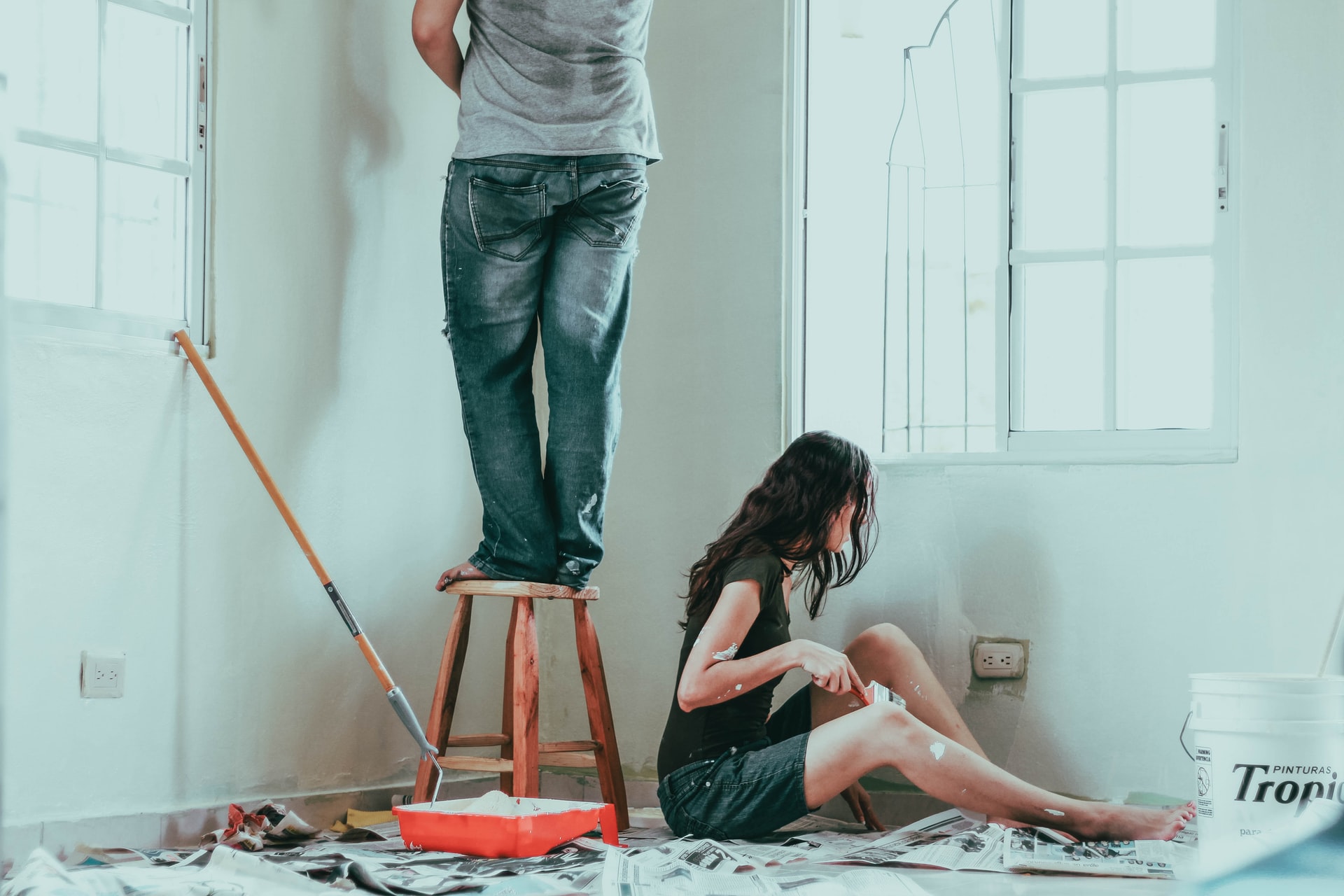

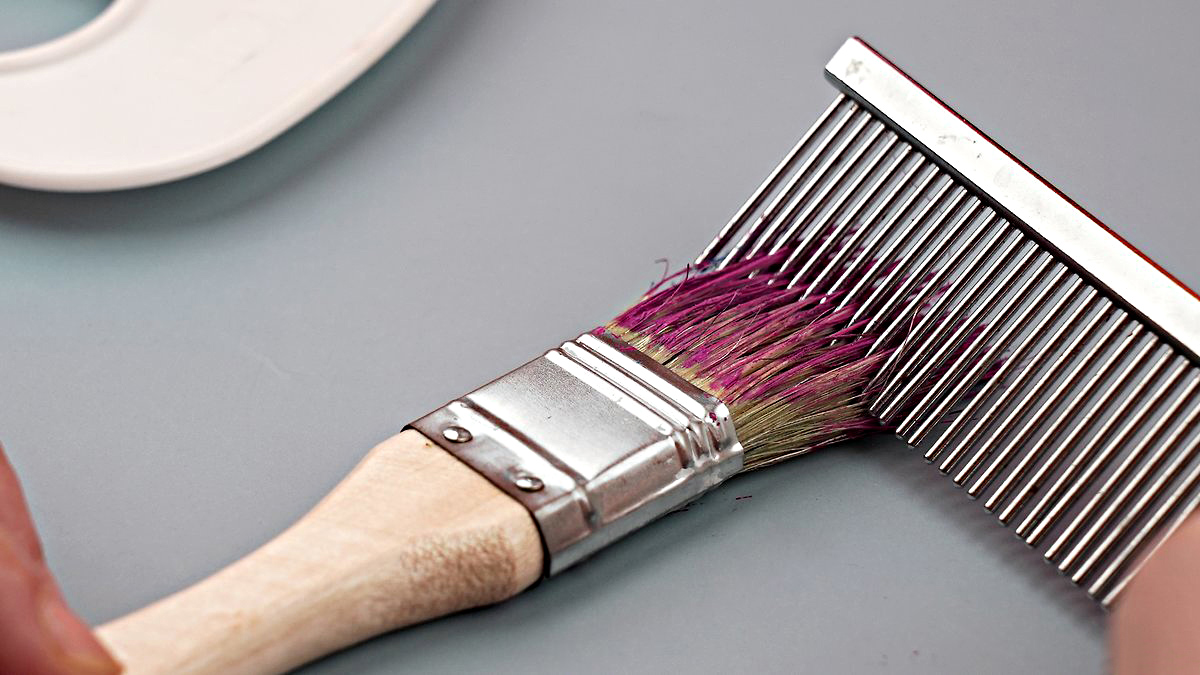
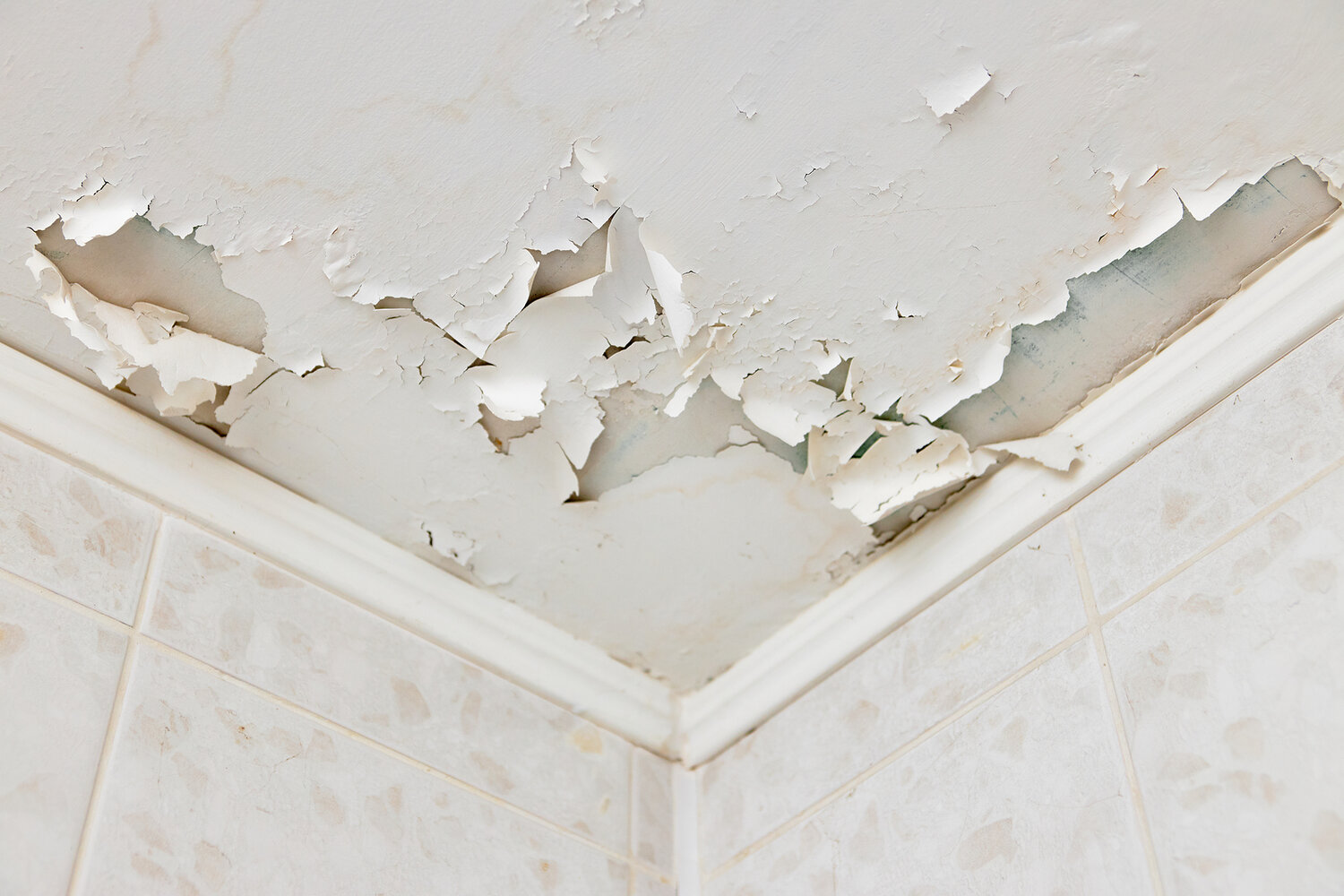

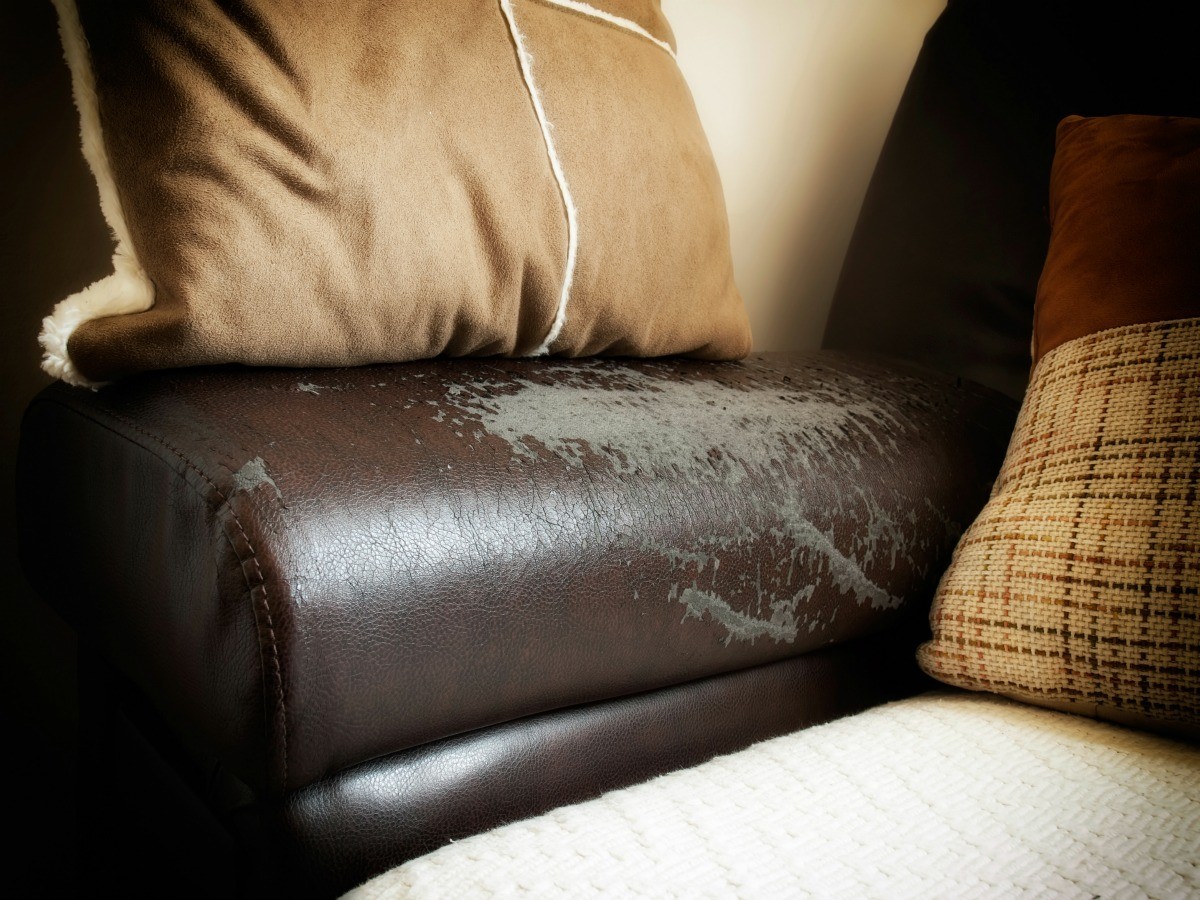
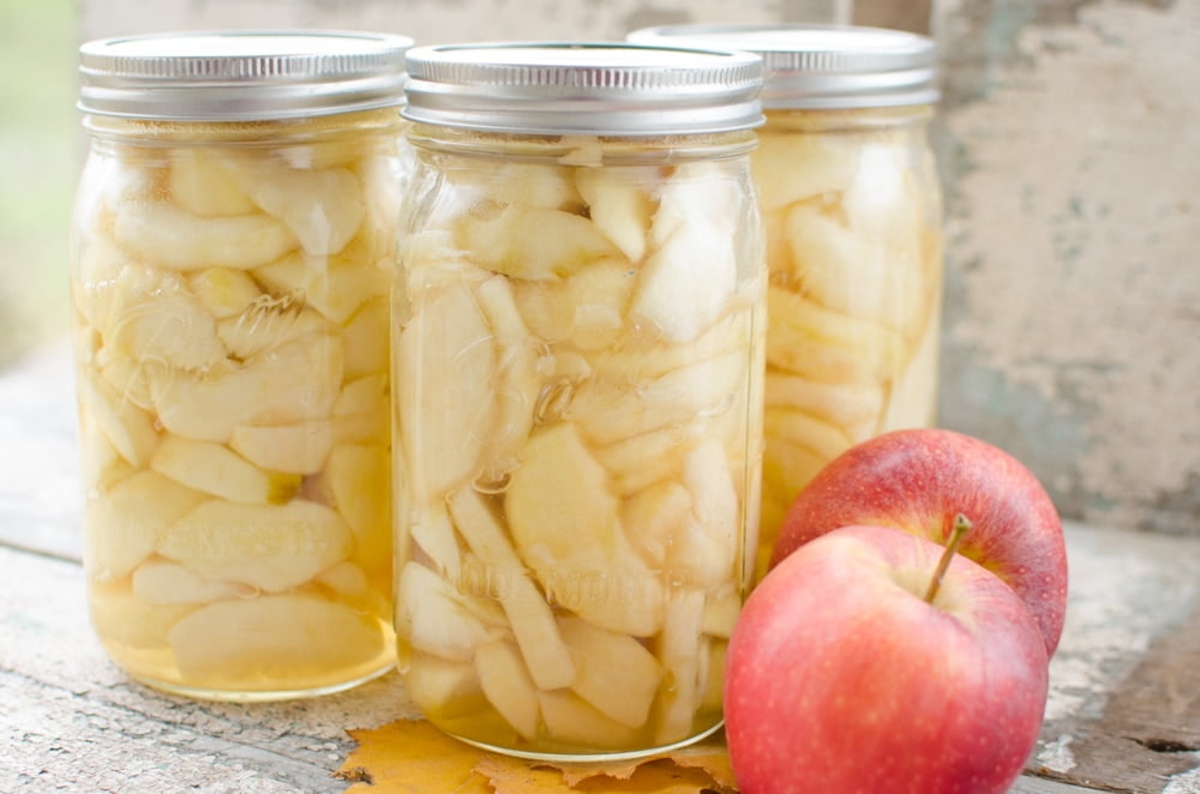
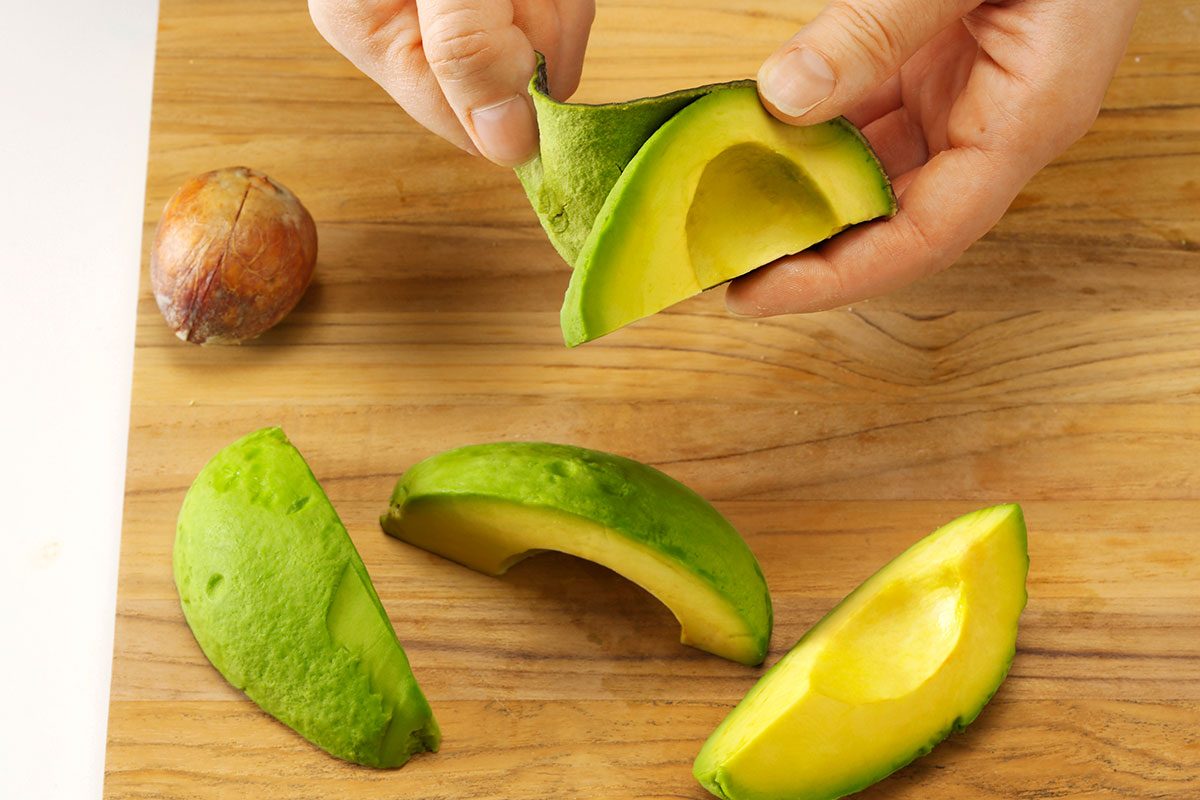
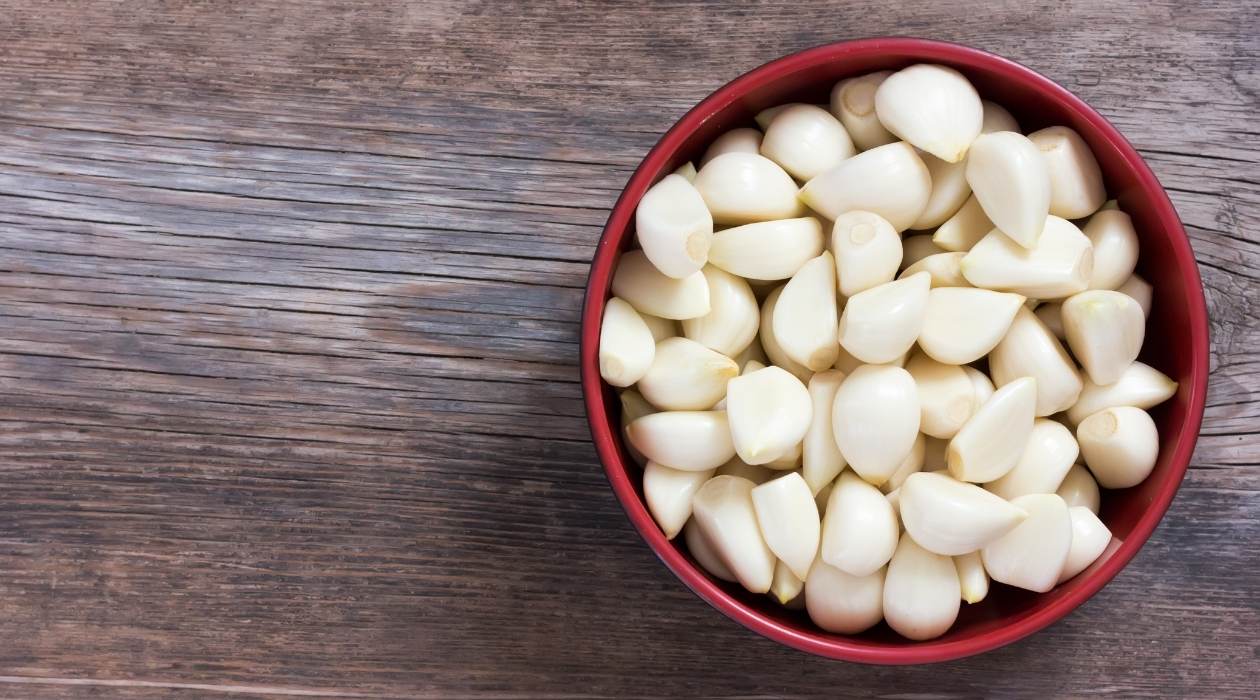
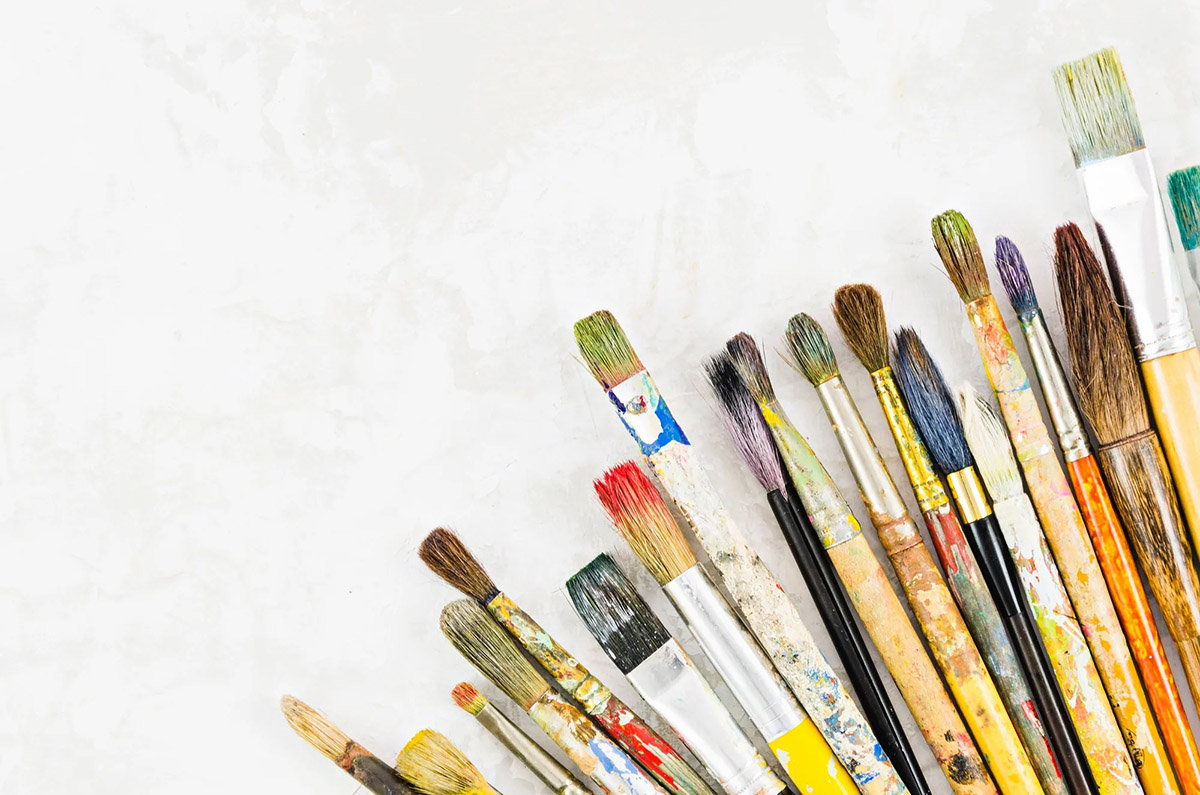
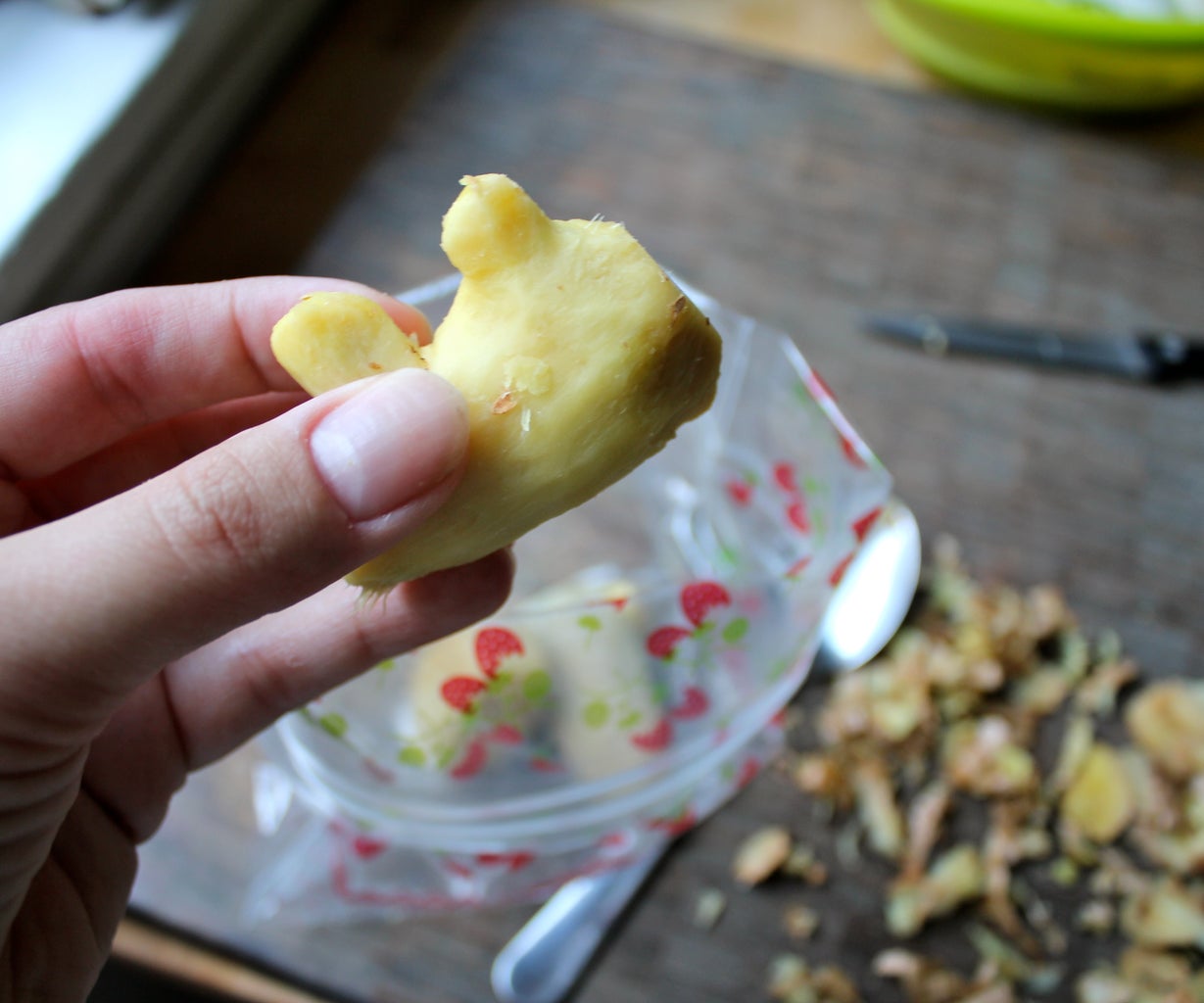

0 thoughts on “How To Fix Peeling Paint And Why It Might Be Peeling”